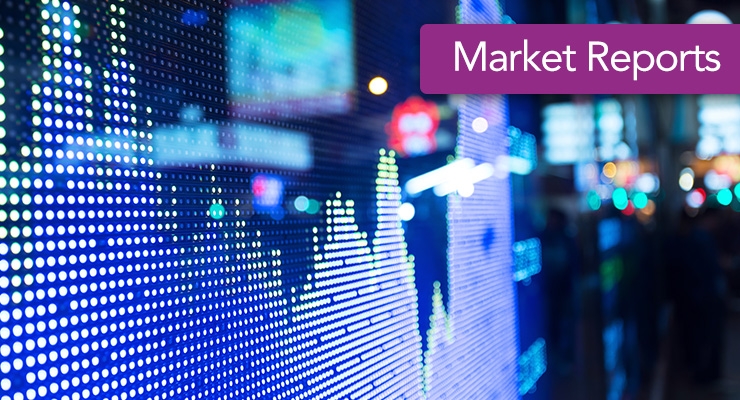02.20.19
Demand for adhesives and sealants in Germany is forecast to climb 1.8 percent per year to 947,000 metric tons in 2022.

Water-based adhesives and sealants will continue to capture the largest share of demand, supported by these products’ low emissions and use in a wide range of applications. Stringent environmental regulations enforced to restrict VOC emissions have favored demand for water-based products in place of their solvent-based counterparts in interior building construction applications such as flooring adhesive.
These and other trends are presented in Global Adhesives & Sealants, a new study from The Freedonia Group, a Cleveland-based industry research firm.
Among adhesives and sealants, reactive types will see the fastest rate of growth in Germany through 2022. Reactive adhesives and sealants benefit from Germany’s significant manufacturing industry that produces advanced industrial products, including fuel-efficient motor vehicles and aerospace equipment. In addition to replacing mechanical fasteners, reactive products are also increasingly used for transportation equipment to bond aluminum structural components in this market.
Global demand for adhesives and sealants is forecast to rise 3.5 percent per year to 21.3 million metric tons valued at $66.3 billion in 2022. Gains will be driven by:
Among adhesives and sealants, reactive types will see the fastest rate of growth in Germany through 2022. Reactive adhesives and sealants benefit from Germany’s significant manufacturing industry that produces advanced industrial products, including fuel-efficient motor vehicles and aerospace equipment. In addition to replacing mechanical fasteners, reactive products are also increasingly used for transportation equipment to bond aluminum structural components in this market.
Global demand for adhesives and sealants is forecast to rise 3.5 percent per year to 21.3 million metric tons valued at $66.3 billion in 2022. Gains will be driven by:
- Strong growth in construction activity, boosted by rising urbanization and infrastructure investment in developing regions;
- Increases in manufacturing output, particularly in emerging economies, will buoy demand in transportation equipment, consumer goods, and packaging;
- The continuing transition in manufacturing, assembly, and construction from mechanical fastening to adhesive bonding



























